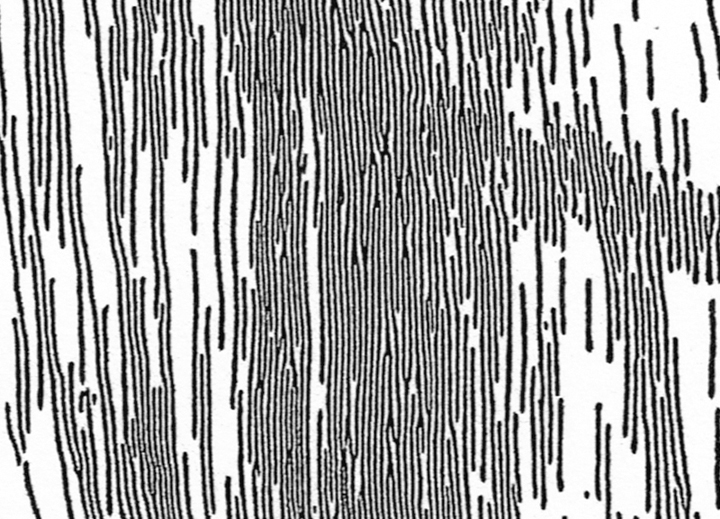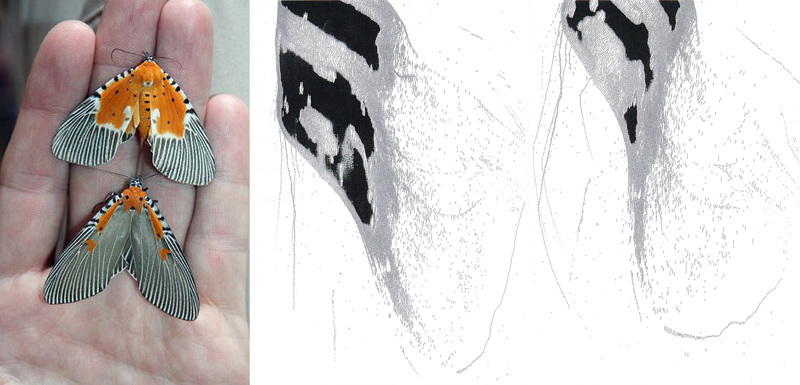The unique black to white copy sequence of the xerox machine at the Abert Heyn supermarket on Cornelis Troostplein, Amsterdam. Installation at Apollohal Amsterdam.
PRINT - In 2014 I was invited to speak at hard//hoofd 'sweet enemies' about the way time relates to my work and process.
I once read about a performance in which a blank, white sheet of paper was sequenced (each copy becomes the image/input for the next copy) on a xerox machine until the machine finally produced a black sheet of paper. This was done without adjusting the contrast settings on the machine. Since first reading about it, I have not been able to find images of it or the name of the artist who made it.
For the talk, I decided to recreate two versions of the sequence: a white to black sequence and a black to white sequence. The W>B sequence was started by copying a blank, white sheet of paper. The B>W sequence was started by copying the empty glass surface of the machine where images are scanned. I left the lid open as copying this produces a black sheet of paper which was then sequenced (copying ‘nothing’).
This iteration captures a property of the machine that seems hidden but is in fact always present. As the minute calibrations of xerox machines differ, they create unique patterns that become visible through sequencing. These minute variables within the process have a growing effect on the outcome. Following these steps did not reveal what the original artwork I had read about would have looked like. Contrary to expectation, a copy sequence, in this case based on a copy of ‘nothing’, exemplifies the fact that everything happens only once. Creating a replica of the artwork I had read about, based on simple, repeatable instuctions and without having an image of the intended outcome, is in itself a representation of the material process and outcome of the copy sequence; I became a particle in a larger process, copying a copy, unintentionally affecting the outcome.
commissioned by hard//hoofd for Torpedo Theater

